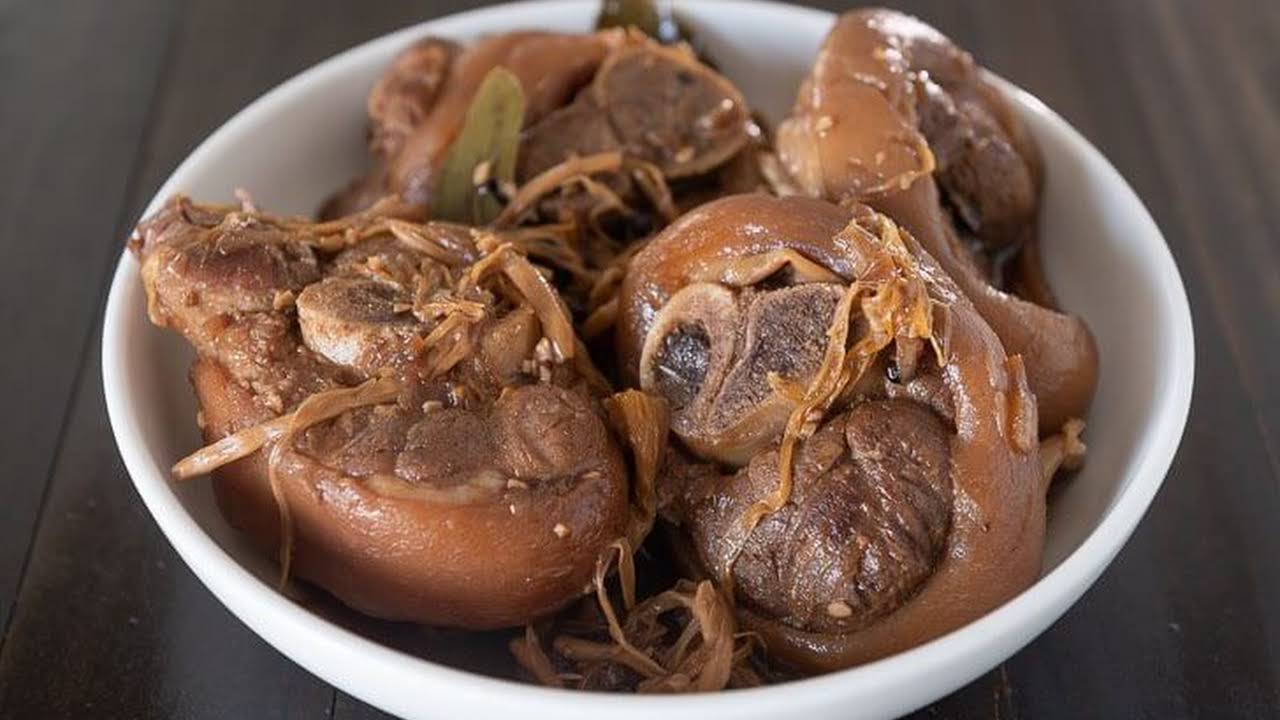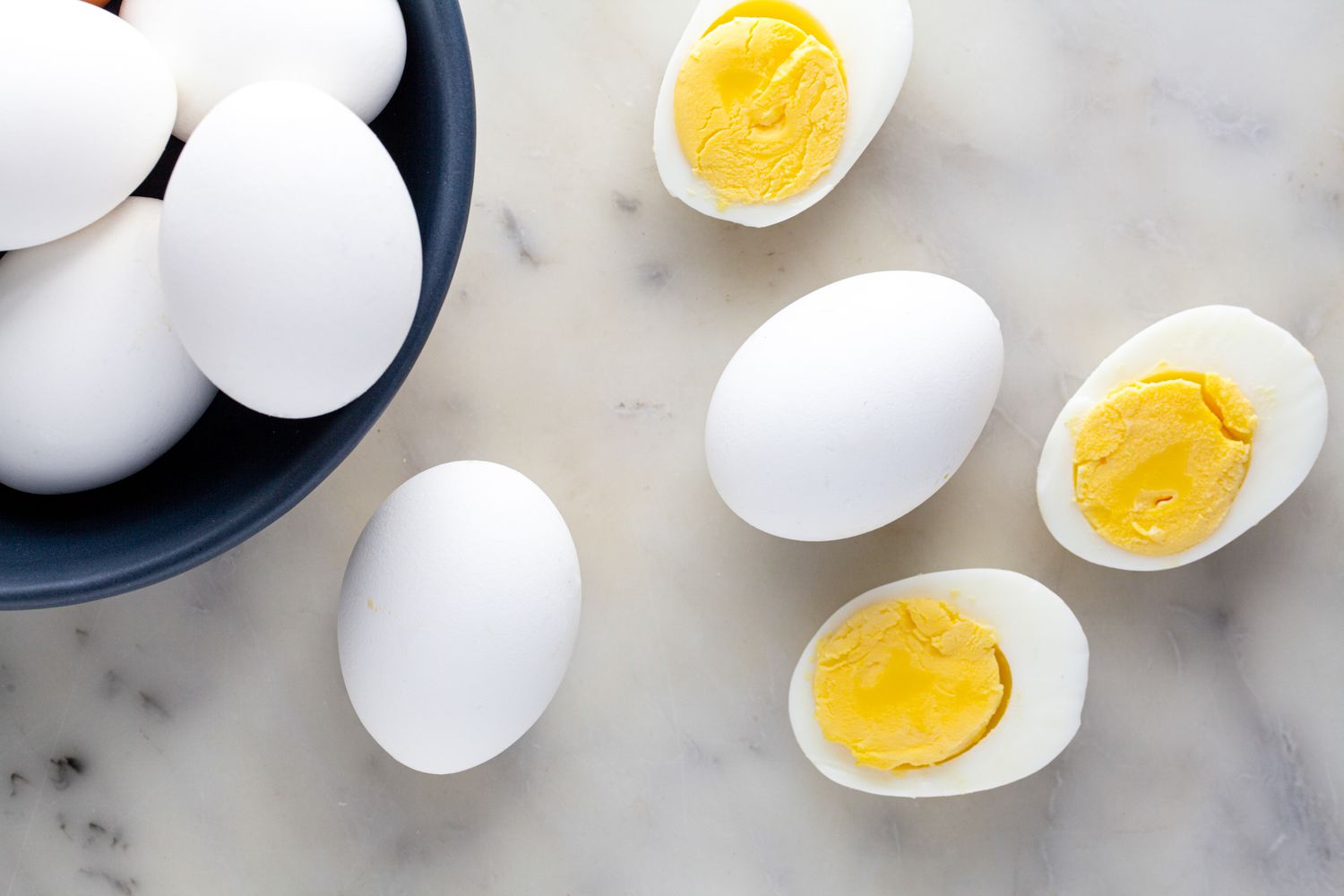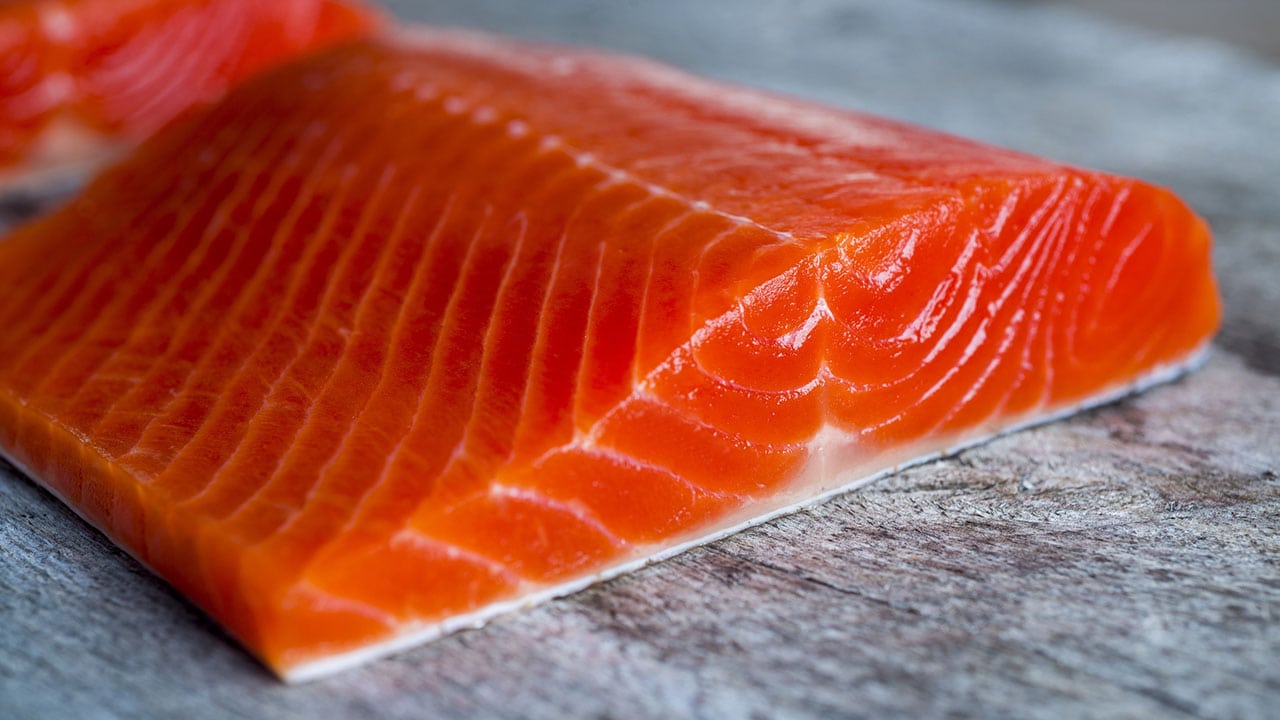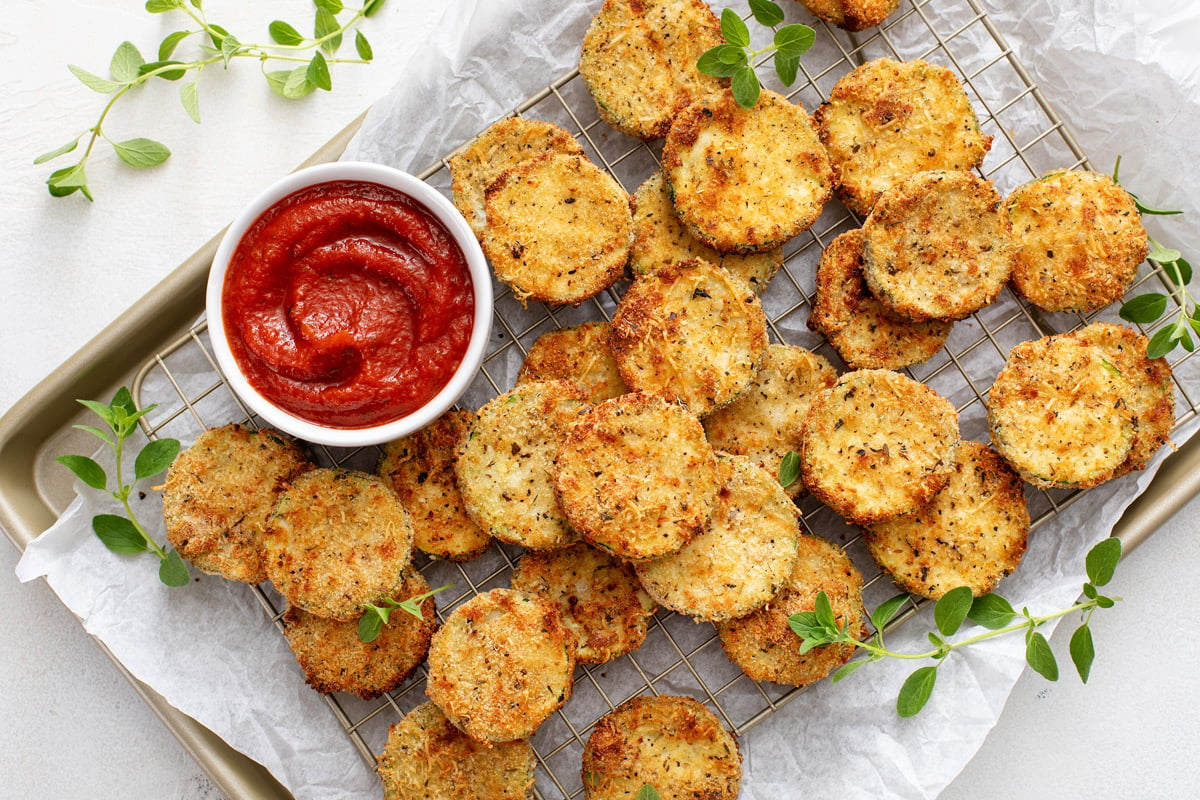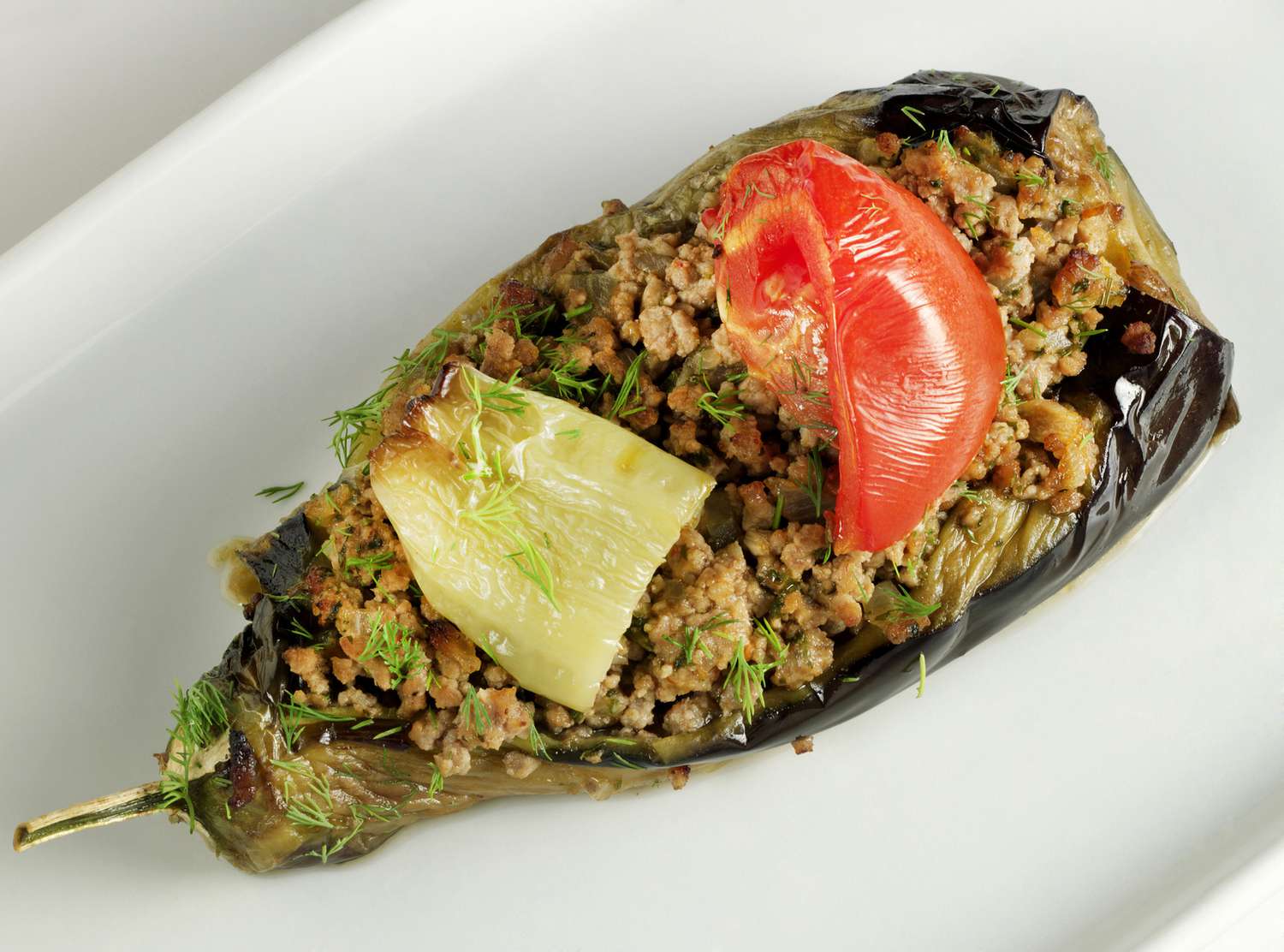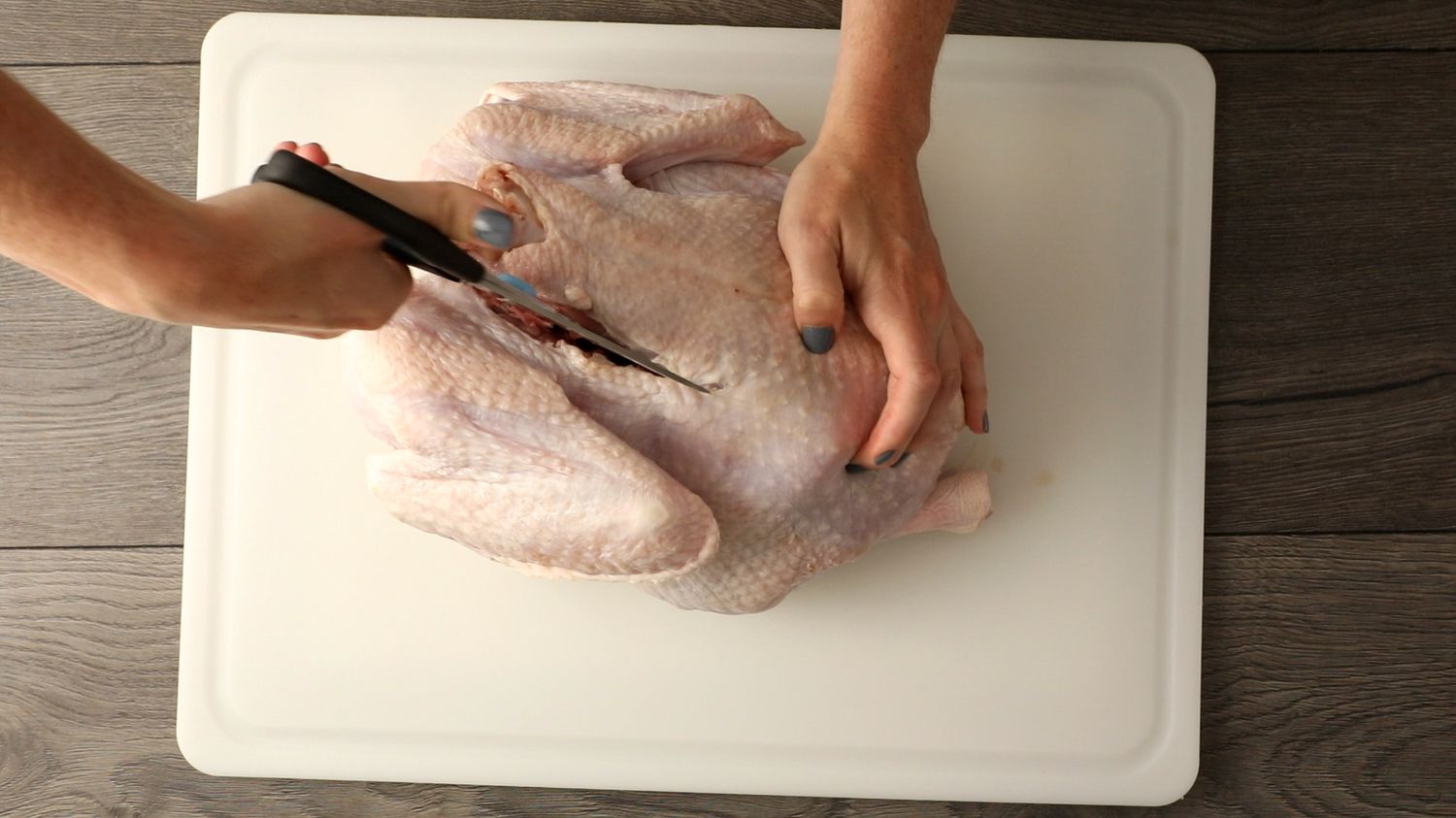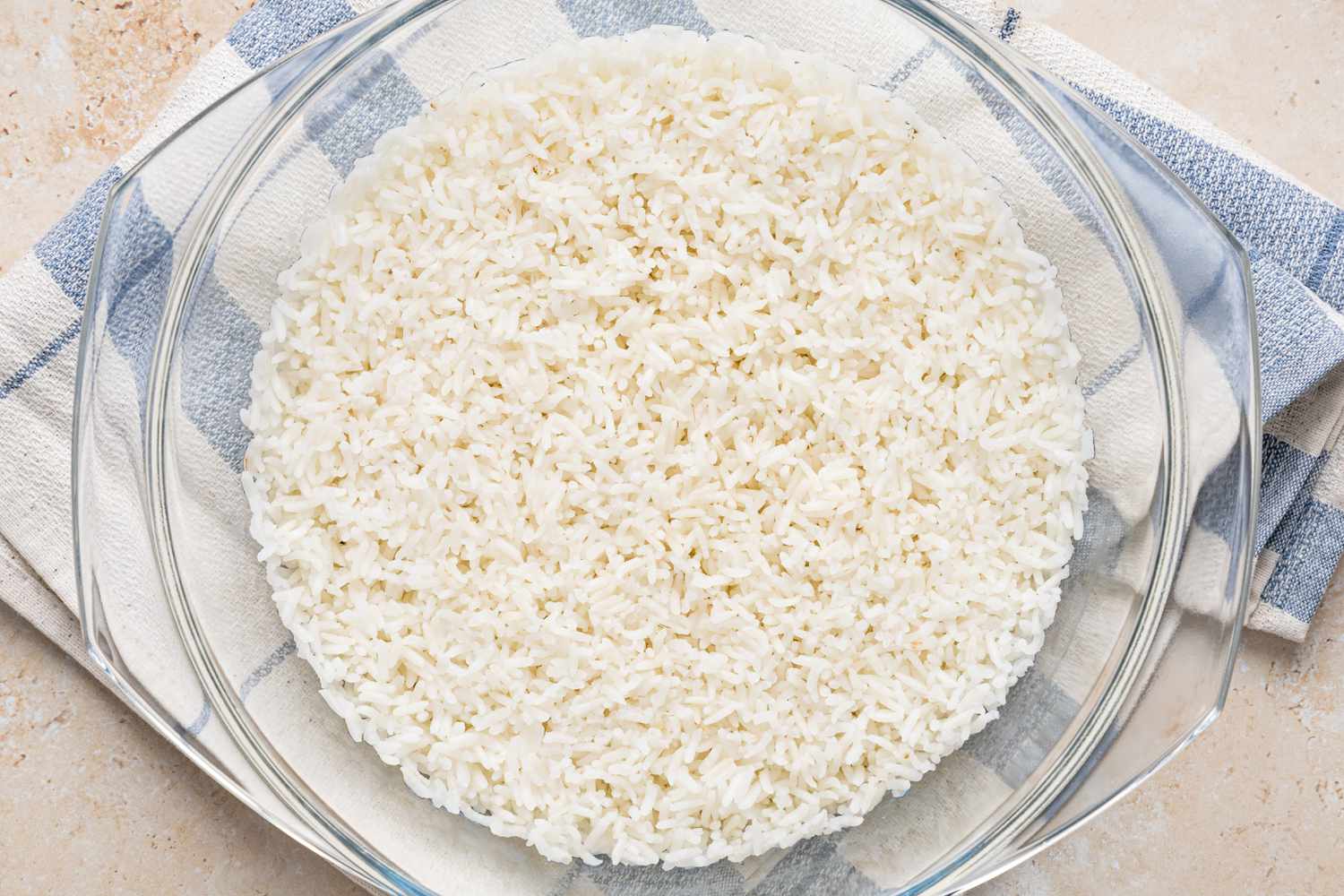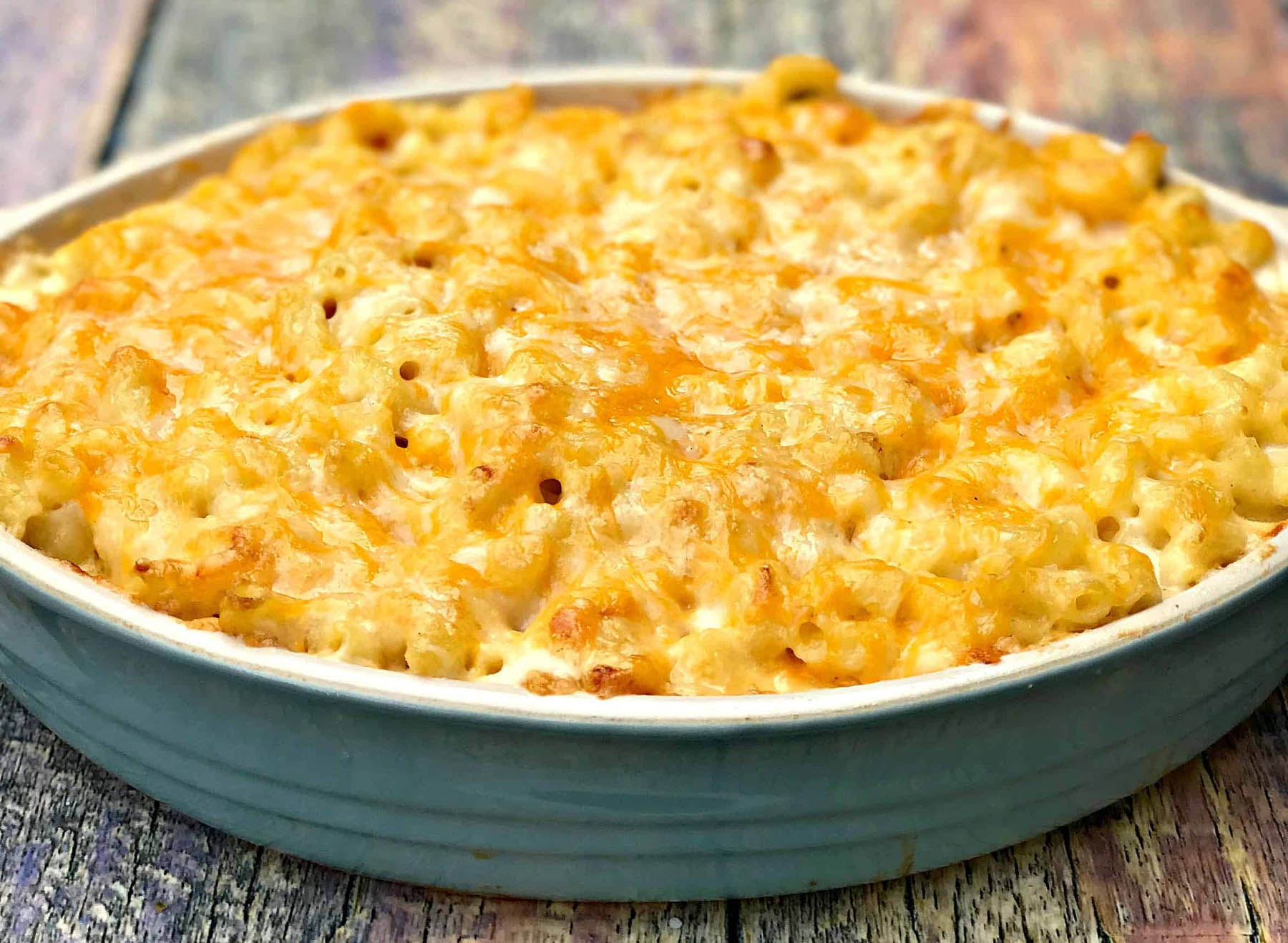Sweet Potatoes: A Healthy Delight for Your Little One
Introducing solid foods to your baby’s diet is an exciting milestone. It’s an opportunity to nourish their growing bodies with wholesome and nutritious meals. When it comes to introducing vegetables, sweet potatoes are a fantastic choice. Loaded with essential vitamins and minerals, sweet potatoes are not only delicious but also offer incredible health benefits for your little one.
Why Choose Sweet Potatoes?
Sweet potatoes are packed with key nutrients that support your baby’s growth and development. Here are just a few reasons why sweet potatoes make a great addition to your baby’s diet:
- Nutrient-rich: Sweet potatoes are a rich source of vitamins A, C, and B6, as well as dietary fiber, potassium, and manganese.
- Gentle on the tummy: They are easy to digest, making them a perfect choice for your baby’s delicate digestive system.
- Natural sweetness: Sweet potatoes have a naturally sweet taste that appeals to most babies, making mealtime more enjoyable.
- Diverse cooking methods: You can prepare sweet potatoes in various ways, providing your baby with exciting flavors and textures as they explore new foods.
Simple Cooking Methods for Sweet Potatoes
When it comes to preparing sweet potatoes for your little one, here are a few simple and nutritious cooking methods to consider:
1. Steaming
Steaming sweet potatoes helps retain their natural flavors and nutrients. Here’s how to do it:
- Peel and wash the sweet potatoes.
- Cut them into small, baby-friendly pieces.
- Place the sweet potato pieces in a steamer basket over boiling water.
- Cover and steam for about 10-15 minutes or until tender.
- Mash or puree the steamed sweet potatoes to the desired consistency for your baby.
2. Baking
Baking sweet potatoes is another simple and nutritious method. Follow these steps:
- Preheat your oven to 400°F (200°C).
- Wash the sweet potatoes thoroughly.
- Pierce them with a fork in a few places to allow steam to escape.
- Place the sweet potatoes on a baking sheet lined with parchment paper.
- Bake for approximately 45-60 minutes, or until a fork easily goes through the sweet potatoes.
- Allow the sweet potatoes to cool before serving to your baby.
3. Boiling
Boiling sweet potatoes is a quick and straightforward way to prepare them for your little one:
- Peel and wash the sweet potatoes.
- Cut them into small, baby-friendly pieces.
- Place the sweet potato pieces in a pot and cover them with water.
- Bring the water to a boil, then reduce to a simmer.
- Cook for about 15-20 minutes, or until tender when pierced with a fork.
- Strain the sweet potatoes and allow them to cool before serving.
Serving Sweet Potatoes to Your Baby
Once you have prepared the sweet potatoes using one of the cooking methods above, you can serve them to your baby in various ways:
- Mash the sweet potatoes and serve as a standalone puree.
- Mix mashed sweet potatoes with breast milk or formula for added creaminess.
- Combine sweet potatoes with other fruits or vegetables that your baby enjoys to create tasty and nutritious combinations.
- Create finger foods by cutting cooked sweet potatoes into small, soft, and easily graspable pieces.
Remember, every baby is unique, and their tastes may vary. Be patient and allow your little one to explore different flavors and textures as they embark on their journey of solid food introduction. Enjoy this bonding experience and watch as your baby discovers the joy of sweet potatoes!
If you have any concerns regarding your baby’s diet or allergies, always consult your pediatrician before introducing new foods.
Sources:
- https://www.healthychildren.org/English/ages-stages/baby/feeding-nutrition/Pages/Switching-To-Solid-Foods.aspx
- https://www.whattoexpect.com/first-year/feeding-baby/sweet-potato-baby-food/
- https://www.babyfoode.com/blog/how-to-cook-sweet-potatoes-for-baby
Was this page helpful?
Read Next: How To Cook Breaded Pork Chops In Oven
